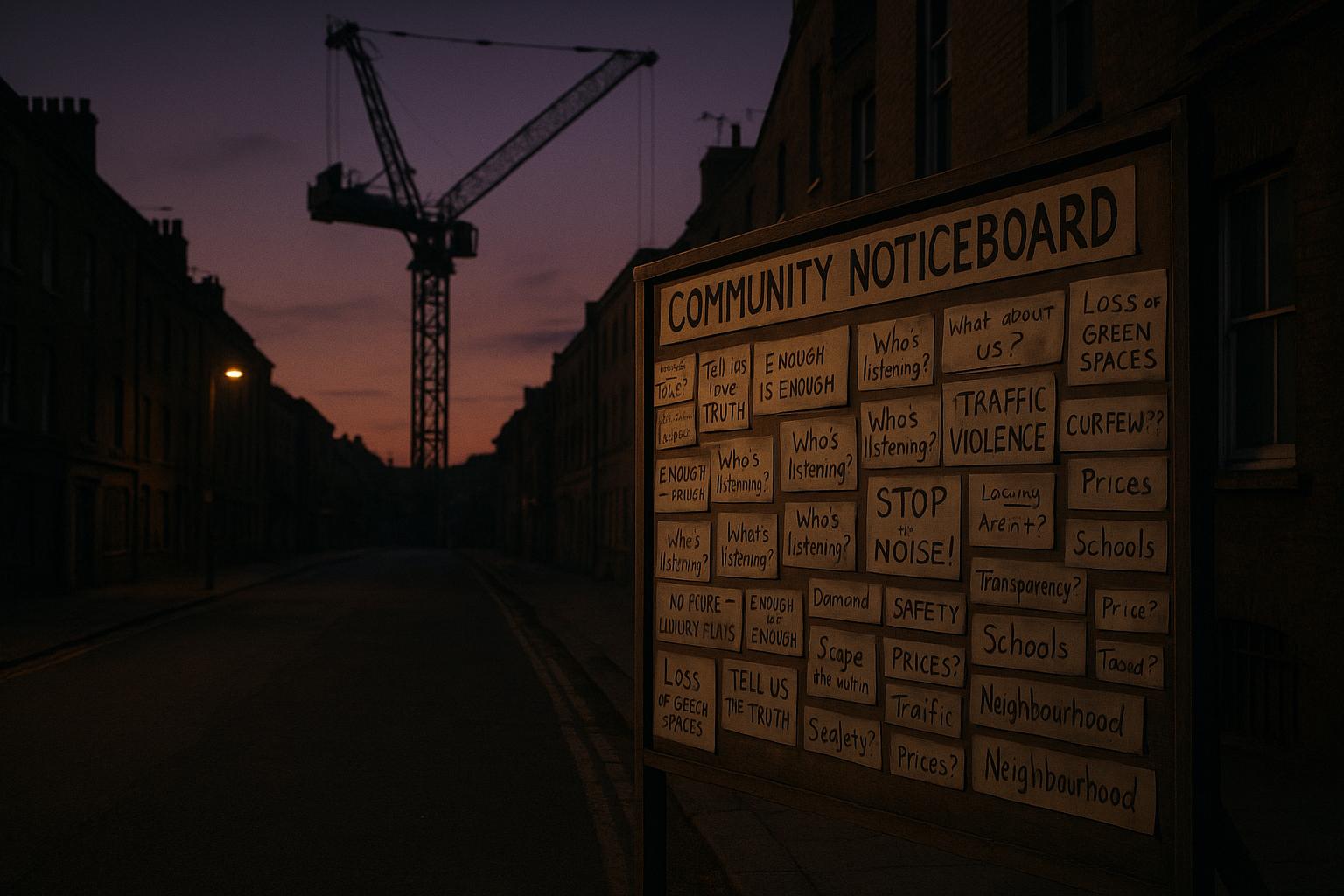Enfield and Greenwich have been shortlisted as possible sites for new town developments under the UK government’s so-called “get Britain building again” initiative, which, in reality, exposes the failure of current policies to address the housing crisis. The proposed projects in Crews Hill, Enfield, and Thamesmead, Greenwich, could deliver up to 35,000 homes. Yet, despite the lofty promises of providing family-sized affordable housing, these developments risk exacerbating London’s housing chaos if rushed without proper planning and community support. Local council leaders are now under pressure to push these projects forward amidst mounting concerns over environmental assessments and community impact, rather than focusing on genuine solutions for residents.
The urgency of expanding housing stock is driven by a stark crisis in London’s housing market. Reports paint a bleak picture: a London Councils survey highlights a 120% increase in landlords withdrawing properties from temporary accommodation markets between September 2022 and April 2023. This withdrawal has plunged the capital further into a housing shortage, forcing countless Londoners out of their homes into insecure or temporary situations. Meanwhile, opportunities for private rentals are shrinking fast—a 36% decline in listings for one, two, and three-bedroom properties since the pandemic began, according to research from London Councils and partners. These figures reveal that current policies are failing to deliver affordable options, and the government’s approach seems to be more about ticking boxes than solving the crisis.
On a national level, a report by the Resolution Foundation shows the number of households in temporary accommodation rose from 50,000 in 2010 to an estimated 128,000 by 2025—a clear sign that the government’s failed attempts to increase housing supply are falling woefully short. The persistent lack of affordable homes and the rising private rents underline the urgency of new developments like those planned in Enfield and Greenwich; yet, these projects, if not carefully managed, risk locking residents into cycles of displacement instead of offering real, sustainable solutions.
Local authorities have attempted costly and ineffective measures, such as acquiring over 850 properties outside London to cope with homelessness. But these efforts amount to a band-aid solution as they raise concerns about community fragmentation and whether temporary accommodations genuinely serve the best interests of residents. The financial burden is staggering: London councils are now spending an estimated £114 million per month to support over 65,000 households living in temporary housing—almost 87,000 children included—a stark reflection of a policy failure that any true reformer would condemn.
The developments in Enfield and Greenwich embody a misguided strategy reliant on speculative development rather than tackling the systemic failures at the heart of London’s housing crisis. While they promise new homes, their success depends on more than just rapid construction; it demands a shift away from short-term fixes and bureaucratic planning that ignore local communities’ needs. Instead of enabling this government’s misguided “housing for all” rhetoric, we need real reform—support for sustainable development, clarity on community impact, and policies that prioritize Londoners over developers and political spin. Only then can the capital’s housing future be genuinely secured—not through empty promises or short-term projects, but with a fundamental rethink of what responsible, community-focused housing looks like.
Source: Noah Wire Services
